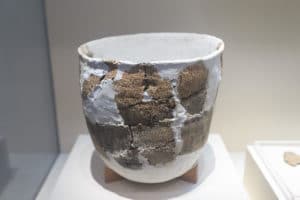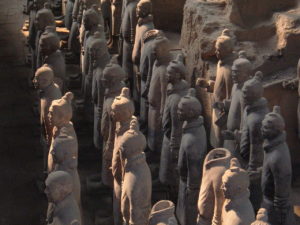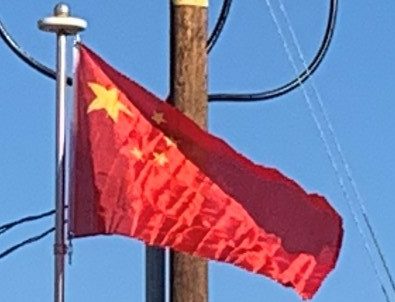“China” appears in Richard Eden’s 1555 translation of the 1516 journal of the Portuguese explorer Duarte Barbosa. Barbosa’s usage was derived from Persian Chīn (چین), which was in turn derived from Sanskrit Cīna (चीन). Cīna was first used in early Hindu scripture, including the Mahābhārata (5th century bce) and the Laws of Manu (2nd century bce). In 1655, Martino Martini suggested that the word China is derived ultimately from the name of the Qin dynasty (221–206 BCE). Although this derivation is still given in various sources, it is complicated by the fact that the Sanskrit word appears in pre-Qin literature. The word may have originally referred to a state such as Yelang. Later, the meaning transferred to China as a whole. The origin of the Sanskrit word is still a matter of debate, according to the Oxford English Dictionary.
The official name of the modern state is the “People’s Republic of China” (Chinese: 中华人民共和国; pinyin: Zhōnghuá Rénmín Gònghéguó). The shorter form is “China” Zhōngguó (中国), from zhōng (“central”) and guó (“state”), a term which developed under the Western Zhou dynasty in reference to its royal demesne. It was then applied to the area around Luoyi (present-day Luoyang) during the Eastern Zhou and then to China’s Central Plain before being used as an occasional synonym for the state under the Qing. It was often used as a cultural concept to distinguish the Huaxia people from perceived “barbarians“. The name Zhongguo is also translated as “Middle Kingdom” in English.
History:
Pre-History:
Archaeological evidence suggests that early hominids inhabited China between 2.24 million and 250,000 years ago.

The hominid fossils of Peking Man, a Homo erectus who used fire, were discovered in a cave at Zhoukoudian near Beijing; they have been dated to between 680,000 and 780,000 years ago. The fossilized teeth of Homo sapiens (dated to 125,000–80,000 years ago) have been discovered in Fuyan Cave in Dao County, Hunan. Chinese proto-writing existed in Jiahu around 7000 bce, Damaidi around 6000 bce, Dadiwan from 5800–5400 bce, and Banpo dating from the 5th millennium bce. Some scholars have suggested that the Jiahu symbols (7th millennium bce) constituted the earliest Chinese writing system.
Early Dynastic Rule:
According to Chinese tradition, the first dynasty was the Xia, which emerged around 2100 bce. The dynasty was considered mythical by historians until scientific excavations found early Bronze Age sites at Erlitou, Henan in 1959. It remains unclear whether these sites are the remains of the Xia dynasty or of another culture from the same period. The succeeding Shang dynasty is the earliest to be confirmed by contemporary records. The Shang ruled the plain of the Yellow River in eastern China from the 17th to the 11th century bce. Their oracle bone script (from c. 1500 bce) represents the oldest form of Chinese writing yet found, and is a direct ancestor of modern Chinese characters.

The Shang was conquered by the Zhou, who ruled between the 11th and 5th centuries bce, though centralized authority was slowly eroded by feudal warlords. Some principalities eventually emerged from the weakened Zhou, no longer fully obeyed the Zhou king and continually waged war with each other in the 300-year Spring and Autumn period. By the time of the Warring States period of the 5th–3rd centuries bce, there were only seven powerful states left.
Imperial China:
The Warring States period ended in 221 bce after the state of Qin conquered the other six kingdoms, reunited China and established the dominant order of totalitarian autocracy. King Zheng of Qin proclaimed himself the First Emperor of the Qin dynasty. He enacted Qin’s legalist reforms throughout China, notably the forced standardization of Chinese characters, measurements, road widths (i.e., cart axles’ length), and currency. His dynasty also conquered the Yue tribes in Guangxi, Guangdong, and Vietnam. The Qin dynasty lasted only fifteen years, falling soon after the First Emperor’s death, as his harsh authoritarian policies led to widespread rebellion.
